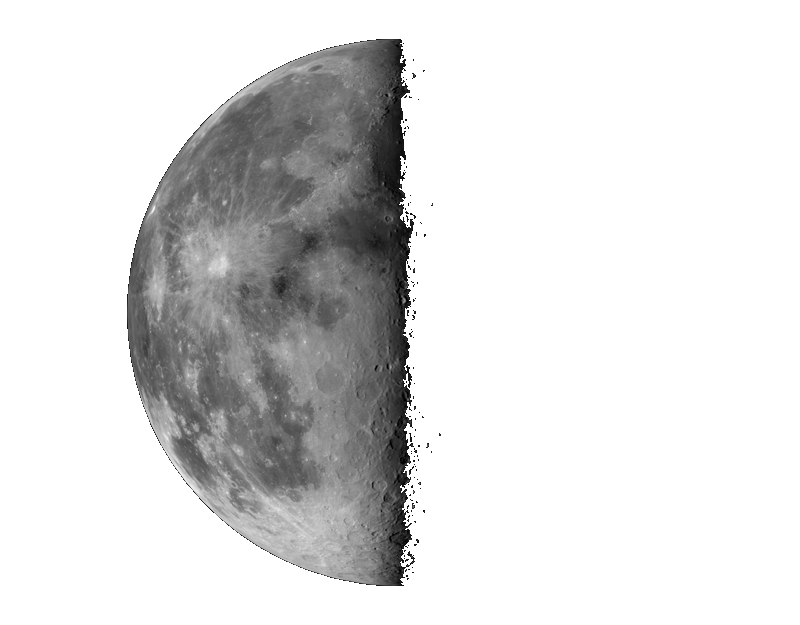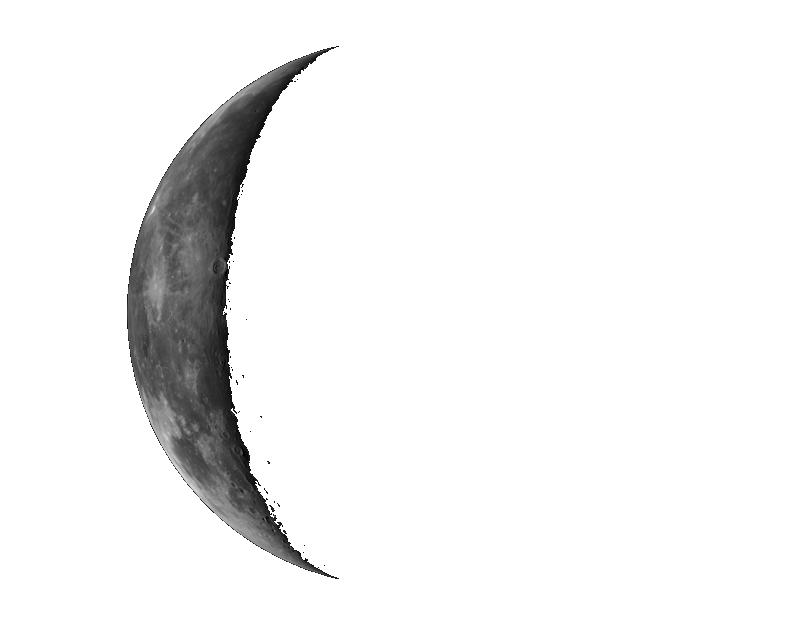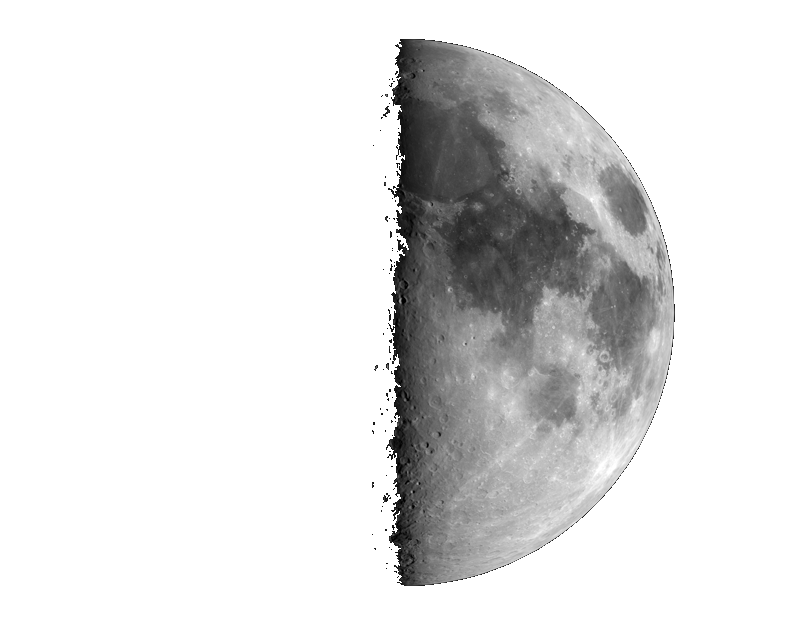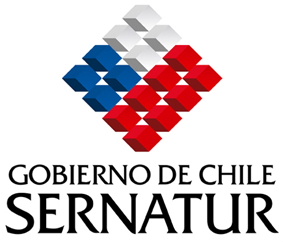Contact Us
- Address: Réservations par internet seulement
- Email: infoSPAMFILTER@spaceobs.com
- Phone: No telephone
- Cellphone: No telephone
- Website: www.spaceobs.com
Next moons
10-01-2026  | 18-01-2026  |
26-01-2026  | 01-02-2026  |
Sponsors


Published on Thursday 14 February 2002
We have now 12 robotic telescopes, some installed during the year. Some are just here for "pretty pictures" astrophotography, and indeed they are pretty, some for scientific projects. Some were installed during 2011, some were inactive during 2011...
Here are short activity report on each of these telescopes :
Were stopped during the year :
- Campo Catino Austral Observatory. Fundings problems. In the past this telescope (a 16 inch RC telescope from Marcon Italy) was used for the microfun program, and also to perform astrometric follow up of comets. Being in a "manual shelter", it was also quite hard for me to open and close the shelter at the end of the night when the telescope was observing. In early 2012, we are going to locate this telescope under an automatic clamshell dome, redo the mirror cell which was not too good, and this should provide a second life to the telescope, with 50% for the Campo Catino team, and 50% for SPACE (meaning very likely cometary follow up).
- Caisey Harlingten's 1st dome. The 20inch RC was dismounted in order to use the Paramount to test acquisition software on a 200mm F/1.8 telephoto lens, used with a FLI Proline 16803 camera. This part worked pretty well, the lens is soon going to be on a mount of its own, but the telescope will be shipped to Spain where the difference of longitude with Chile will be very useful for variable stars studies. More on the telephoto lens program at the end of this page.
- Andy Blanchard's telescope : The former C14 with QHY8 color camera was shipped back to Canada, and it took quite a looong time for the new telescope, a 16 inch Hyperion to arrive. It is being installed right now (February 2012), and with a U16 Apogee camera and filter wheel, this telescope should make wonders. We replaced the original electronics (made byRobosky) by our own electronics and motors. The former system was taking for ever to close, one had no input on the status of the dome and one could not close both clamshells at the same time.
- Steve Barnes 12 inch RC telescope was sold in November to Joaquin Fabrega. Steve was not observing anymore in quite a long time. He was mainly using it when coming to San Pedro. Using the telescope ourselves we found a lot of things which didn't work and could not work correctly. Joaquin purchased an STL11000 camera with the large filter wheel. The guide cameras were very noisy, and the camera was shipped back to SBIG for repair. Another one, loaned by Bob Sandness is currently used. The shelter's automation is partially done, a new guidescope with carbon fiber tube was installed, but it was found that the mirror cell's radial supports are flexing and have to be replaced.
Some other produced useful data :
- Caisey Harlingten's 20inch Planewave has been mostly used by Arto Oksanen for variable star photometry. Some papers published include :
Detection of Photometric Modulation on the Orbital Period in the Eruption Tail of the Recurrent Nova T Pyx ATel #3782; A. Oksanen (Caisey Harlingten Observatory) and B. E.
Schaefer (Louisiana State University)
Eclipses during the 2010 Eruption of the Recurrent Nova U Scorpii
Authors:
Schaefer, Bradley E.; Pagnotta, Ashley; LaCluyze, Aaron P.; Reichart, Daniel E.; Ivarsen, Kevin M.; Haislip, Joshua B.; Nysewander, Melissa C.; Moore, Justin P.; Oksanen, Arto; Worters, Hannah L.; Sefako, Ramotholo R.; Mentz, Jaco; Dvorak, Shawn; Gomez, Tomas; Harris, Barbara G.; Henden, Arne A.; Guan Tan, Thiam; Templeton, Matthew; Allen, W. H.; Monard, Berto; Rea, Robert D.; Roberts, George; Stein, William; Maehara, Hiroyuki; Richards, Thomas; Stockdale, Chris; Krajci, Tom; Sjoberg, George; McCormick, Jennie; Revnivtsev, Mikhail; Molkov, Sergei; Suleimanov, Valery; Darnley, Matthew J.; Bode, Michael F.; Handler, Gerald; Lepine, Sebastien; Shara, Michael M.
In:
The Astrophysical Journal, Volume 742, Issue 2, article id. 113 (2011)
http://gcn.gsfc.nasa.gov/gcn/gcn3/12369.gcn3
http://gcn.gsfc.nasa.gov/gcn3/12458.gcn3
Recurrent Nova T Pyx is Deviating from 1967 Eruption Light Curve
Authors:
Schaefer, B. E.; Oksanen, A.
Publication:
The Astronomer's Telegram, #3707
The recurrent nova T Pyx: fading in optical/UV, brightening in X-rays, H alpha development, and a request for photometry
Authors:
Osborne, J. P.; Beardmore, A. P.; Page, K. L.; Kuin, P.; Walter, F.
M.; Schaefer, B. E.; Kuulkers, E.; Shore, S.; Bode, M. F.; Schwarz, G.
J.; Drake, J. J.; Ness, J.-U.; Balman, S.; Starrfield, S.; Darnley, M.
J.; Eyres, S. P. S.; O'Brien, T. J.; Orio, M.; Oksanen, A.; Streamer, M.
Publication:
The Astronomer's Telegram, #3549
V1312 Scorpii = Nova Scorpii 2011
Authors:
Oksanen, A.; Harlingten, C.; Guido, E.; Sostero, G.; Williams, P.; Amorim, A.; Tyson, R.; Aguirre, S.; Matsuyama, H.; Montalvo, C.; Dvorak, S.; Baroni, S.; Vargas Beltran, G.; Foglia, S.; Waagen, E. O.
Publication:
IAU Circ., 9216, 3 (2011). Edited by Green, D. W. E.
The 2010 Eruption of the Recurrent Nova U Scorpii
Authors:
Pagnotta, Ashley S.; Schaefer, B. E.; Landolt, A. U.; Clem, J. L.; Schlegel, E. M.; Page, K. L.; Osborne, J. P.; Handler, G.; Walter, F.
M.; Allen, B.; Krajci, T.; Monard, B.; Rea, R. D.; Richards, T.; Roberts, G.; Stein, W.; Stockdale, C.; McCormick, J.; Dvorak, S.; Gomez, T.; Harris, B. G.; Henden, A.; Sjoberg, G.; Tan, T. G.; Templeton, M.; Oksanen, A.
American Astronomical Society, AAS Meeting #217, #338.14; Bulletin of the American Astronomical Society, Vol. 43, 2011
An Apparent Second Plateau in the UBVRIJHK Eruption Light Curve of the Recurrent Nova U Sco
Authors:
Pagnotta, Ashley; Schaefer, Bradley E.; Handler, Gerald; Allen, Bill; Campbell, Tut; Krajci, Tom; Monard, Berto; Rea, Robert D.; Richards, Thomas; Roberts, George; Stein, William; Stockdale, Chris; McCormick, Jennie; Dvorak, Shawn; Gomez, Tomas; Harris, Barbara G.; Henden, Arne; Sjoberg, George; Tan, Thiam Guan; Oksanen, Arto
The Astronomer's Telegram, #2507
Recurrent Nova U Sco Shows Deep Optical Eclipses During Plateau Phase
Authors:
Schaefer, Bradley E.; Pagnotta, Ashley; Allen, Bill; Campbell, Tut; Krajci, Tom; Richards, Thomas; Roberts, George; Stein, William; Stockdale, Chris; Dvorak, Shawn; Gomez, Tomas; Harris, Barbara G.; Sjoberg, George; Tan, Thiam Guan; Oksanen, Arto; Handler, Gerald
The Astronomer's Telegram, #2452
V598 Puppis
Authors:
Samus, N. N.; Waagen, E. O.; Dvorak, S.; Henden, A.; Oksanen, A.; Dillon, W.; Amorim, A.
IAU Circ., 8898, 1 (2007). Edited by Green, D. W. E.
Caisey's telescope and the IAA telescope (see below) were used to observe stellar occultation by transneptunian asteroids. In fact, worldwide, most successful such occultations were observed from our observatory. This led to several publications.
In Nature :
A Pluto-like radius and a high albedo for the dwarf planet Eris from an occultation
At the joint EPSC/DPS meeting in Nantes, France :
Size, density, albedo and atmosphere limit of dwarf planet Eris from a stellar occultation
Stellar Occultations by TNOs: the January 08, 2011 by (208996) 2003 AZ84 and the May 04, 2011 by (50000) Quaoar
The stellar occultation by Makemake on 2011 April 23
The IAA telescope (Instituto de Astrofisica de Andalusia) called ASH2 continued scanning the skies for bright TNO, but without success (maybe there are no more Pluto's in the southern skies...). Still the team discovered the NEO 2011RJ1, and comet P/2011N1 ASH. The CSBN and mainly the person of Daniel Green goofed seriously on this comet. Taking more than 6 weeks to officialize the name, then in cooperation with the CSBN, without consulting the discoverer at any moment, decided upon the name of a telescope located in Argentina, for a comet discovered in Chile. The telescope was also used for many astrometric campaigns to predict occultations of stars by TNOs.
Ignacio de la Cueva uses this telescope in the partial nights before and after the full moon. He has produced an impressive range of beautiful color images of the sky. The last one being here. It was also used in the ASA calendar for 2012
Bob Sandness's 15 inch telescope was used for astrophotography, but with frequent problems with the automatisation of the roll of roof. Finally resolved near the end of the year.
Andrey Oresko's instruments also named "Elena Remote Observatory" were changed by him in July. The 160mm Santel refractor, the Astrosib 25cm and the Takahashi NJP mount were dismounted and replaced by a Paramount on which sits a 16inch Astrosib with STL11000 and an FSQ106 with ST4000 camera. I have written a page with some of Andrey's pictures. One of them, not in the web page made with the 25cm Astrosib was published on APOD. Anton, the owner of Astrosib is really making beautiful telescopes.
Yuri Beletski came when Andrey was here (and Anton, director of Astrosib) in order to modify their mount (DDM65) and FSQ106 with FLI microline 16803 camera. One of their picture was published on APOD
A newcomer was Josch Hambsch. His telescope should have been here in 2009, but delay in the fabrication of the ODK 16 inch telescope led to an installation only in July. The scope is on a DDM85 direct drive mount from ASA, and has a FLI Microline 16803 camera. It also has an FSQ106 scope with a STL11000 for pretty pictures. During the second half of this year, which has had heavy use had already produced more than 500 Gb of data.
Another newcomer last March was Pi of the Sky, an experiment from the polish academy of sciences, with most persons coming from the center for theoritical physics. A presentation of the program is here.
Several GCN circulars were issued from observations done here :
http://gcn.gsfc.nasa.gov/gcn3/12855.gcn3
http://gcn.gsfc.nasa.gov/gcn3/12646.gcn3
http://gcn.gsfc.nasa.gov/gcn/gcn3/12105.gcn3
http://gcn.gsfc.nasa.gov/gcn3/12182.gcn3
Technical papers were published on Pi of the sky :
Pi of the Sky Telescopes in Spain and Chile published in Acta Polytechnica, Vol. 51, No. 6, p.64
Present status of the Pi of the Sky telescopes, Photonics Applications in Astronomy, Communications, Industry, and High-Energy Physics Experiments 2011, Proceedings of SPIE Volume: 8008, 2011.
My personal telescopes.
I used my C14 a little bit to test a LISA spectrograph, using a QSI583 camera. Works well, but clearly needs a more reliable mount. Parts have been made for a better, non german equatorial mount. 12inch diameter Byers drives have been purchased for that mount. It will also have to be installed in an automated shelter.
I have purchased Andrey's 25cm telescope, placed it on a pilar, and have had a small shelter built around it. While the shelter is not automated yet, I have spent a few nights on that telescope to get an idea of what it could do. I placed an old QHY9 camera and a SBIG CFW10 filter wheel on it. It has an Optec 2inch focuser, and the whole system seems healthy. I already made several (nice) images. It is mostly missing an automatic guiding system. More work on it during 2012...
The dwarf lens survey
Together with Caisey Harlingten we have a project to use 8 Canon 200mm F/1.8 telephoto lenses to survey the sky.
It is called the dwarf lens survey, to change from the typical telescope placed in Atacama which is always "large". The "very" large telescope, the Atacama "large" millimetric area, etc.... to show that exciting science can be done with small telescopes (11cm aperture).
A prototype has been built code name snowwhite, which has allowed us to test the focus of the lens. These Canon lenses while superb optics, are not able to focus if not connected to a Canon lens (the Pi of the Sky experiment has the same problem). So we designed a system to connect through a deported cable the lens to a Canon body. This allows the focusing ring to be rotated manually. So we made (Les Nagy helped on that) a plastic gear, connected to the motor of a robofocus unit to allow automatic focus. It worked. Then, more recently FLI produced a system using one of their Atlas focuser, and a special Canon adapter which allows to focus directly, without having to worry about the lens. So our second prototype camera, code named Doc went back to FLI to be modified, and when it comes back snowwhite's camera goes back too for modifications.
Several nights of observations allowed us to test the acquisition software, which was able to scan the whole sky several times (usually 3 to 4) in declination, while staying more or less at the same hour angle from -90° to +40° of declination. This produces obviously a lot of data, but also very impressive images. The system was working with the automatic focus, adapting to the change of temperature during the night. It was placed on a Paramount, meaning the system prevented the mount to flip, and the observations had to be made only on one side of the meridian.
A larger fork mount has been installed in a specially made dome. There is still a lot of work to do : automatisation of the dome, mounting worm gears on the mount, testing the support system for the first telephoto lenses. We have everything to start with two telephoto lenses, but 6 more lenses are waiting here, and the fork mount will support the 8 telephoto lenses, giving 20°x40° of field of view in a single exposure. Such a system can survey the whole sky in about 90 minutes, 3 times.
I started collaborating with a french amateur (Jerôme Caron) in order to have a precision photometric software, able to detect events in the images. Some tests have been made with existing images. This program will take a large part of my time in 2012.
This conclude this preliminary version of the activity report for 2011.
10-01-2026  | 18-01-2026  |
26-01-2026  | 01-02-2026  |

